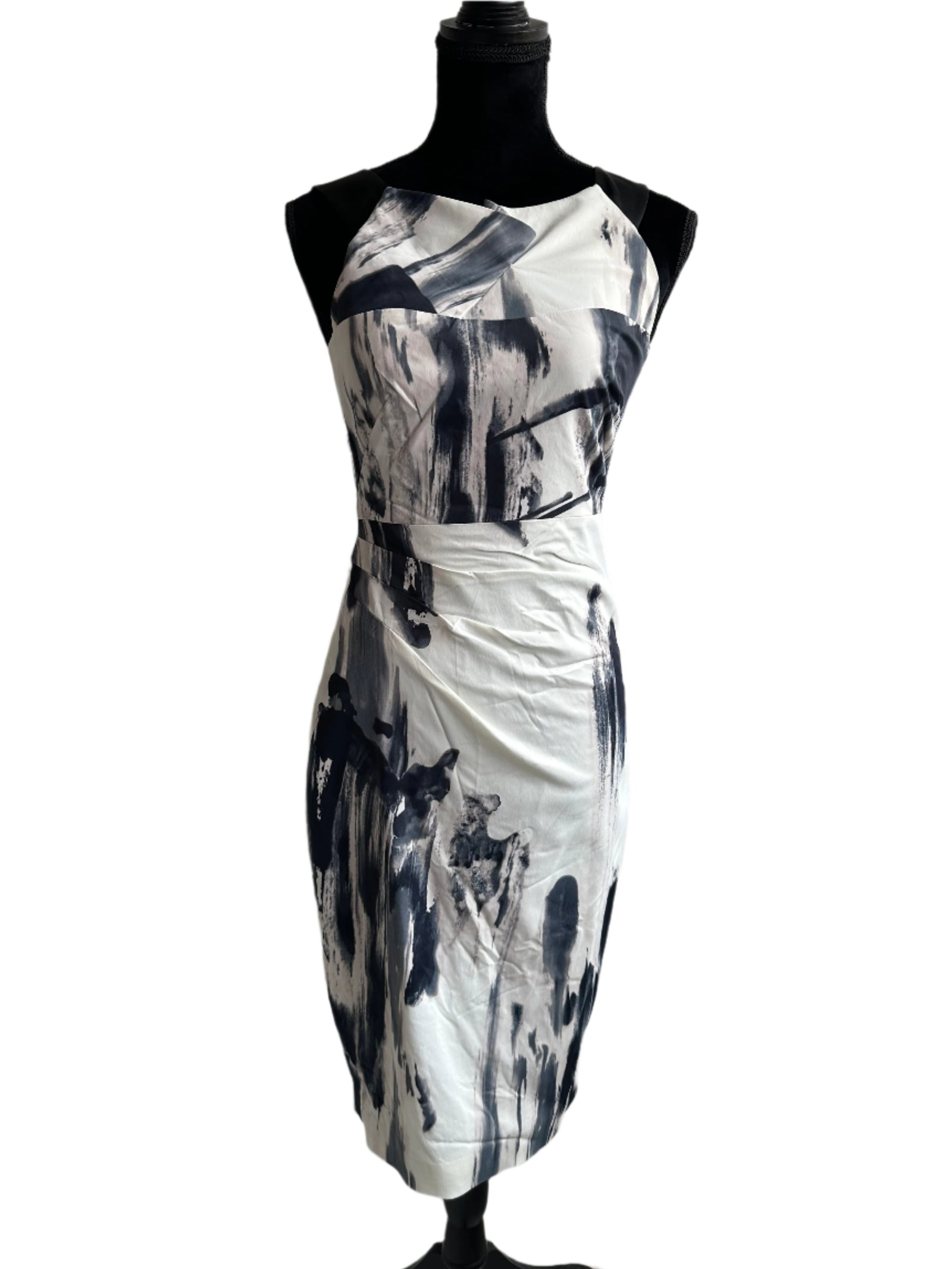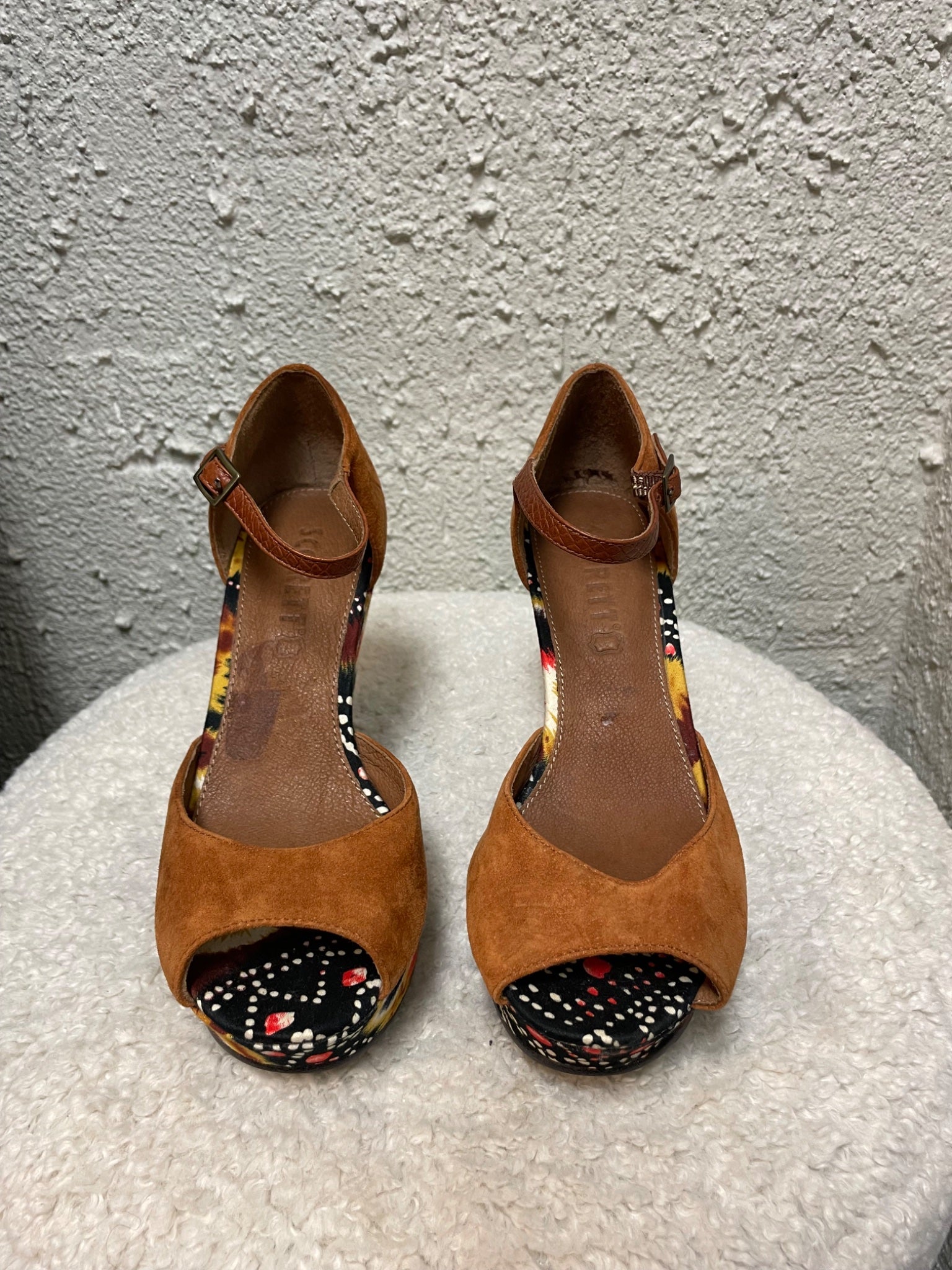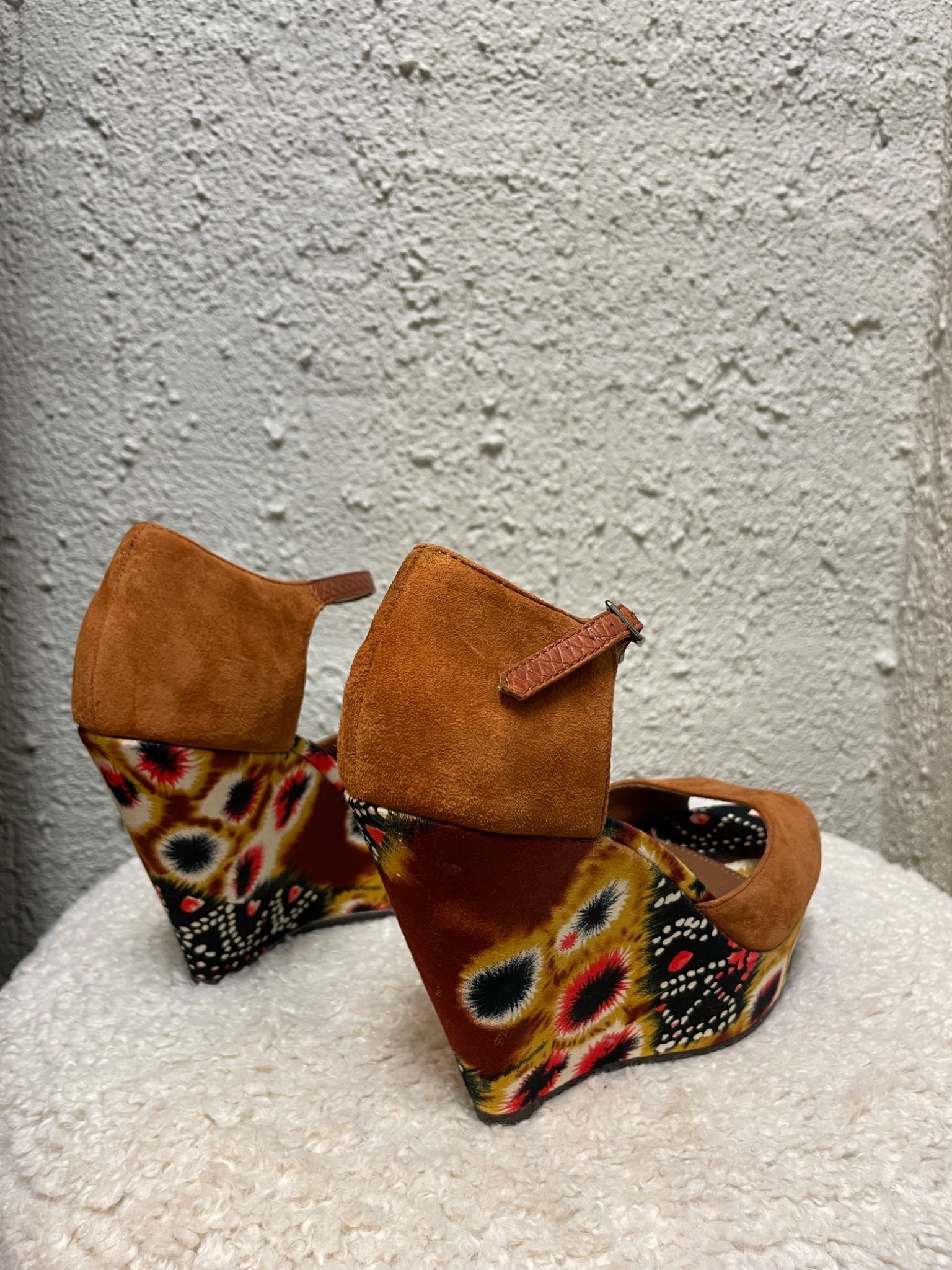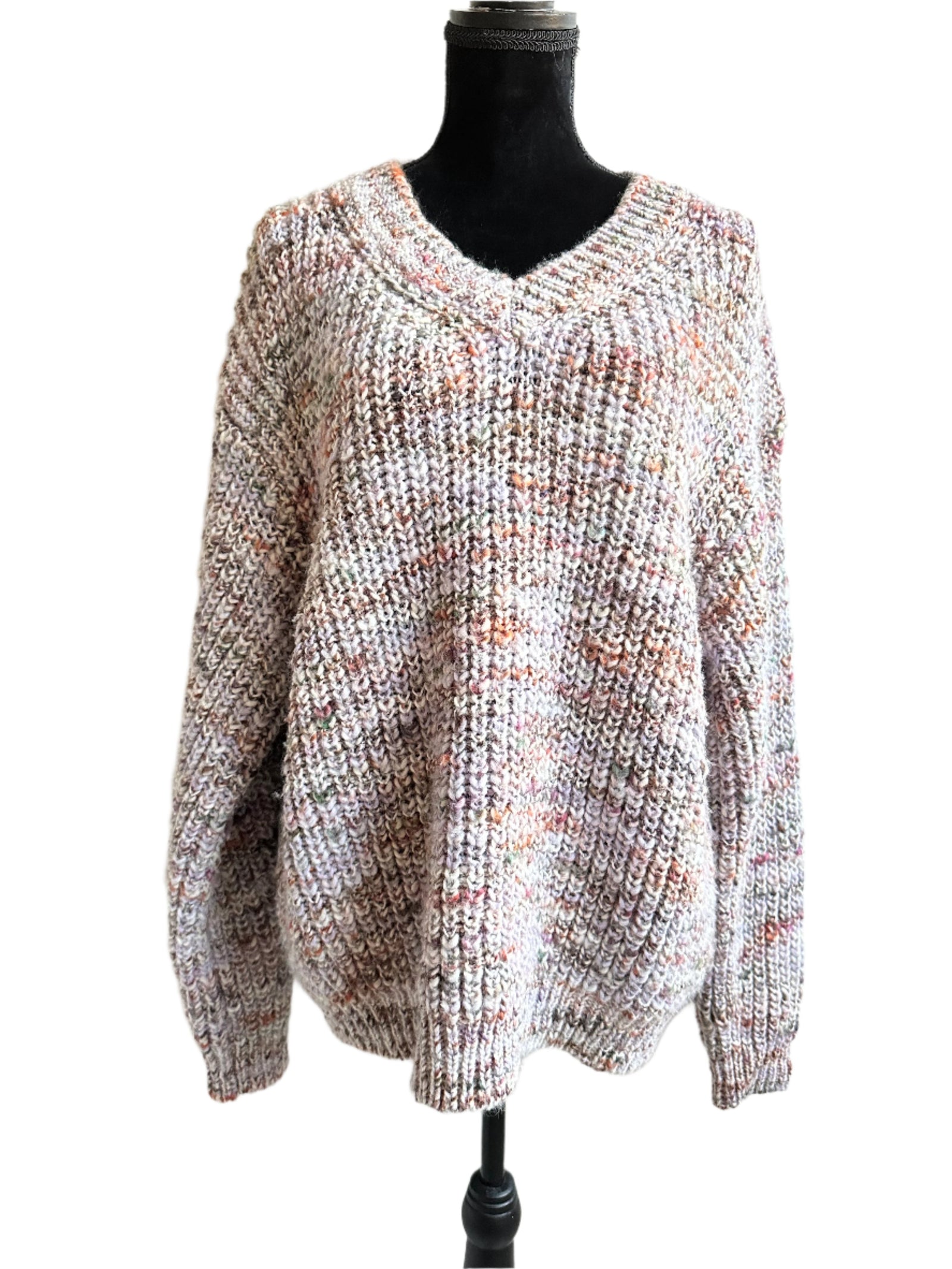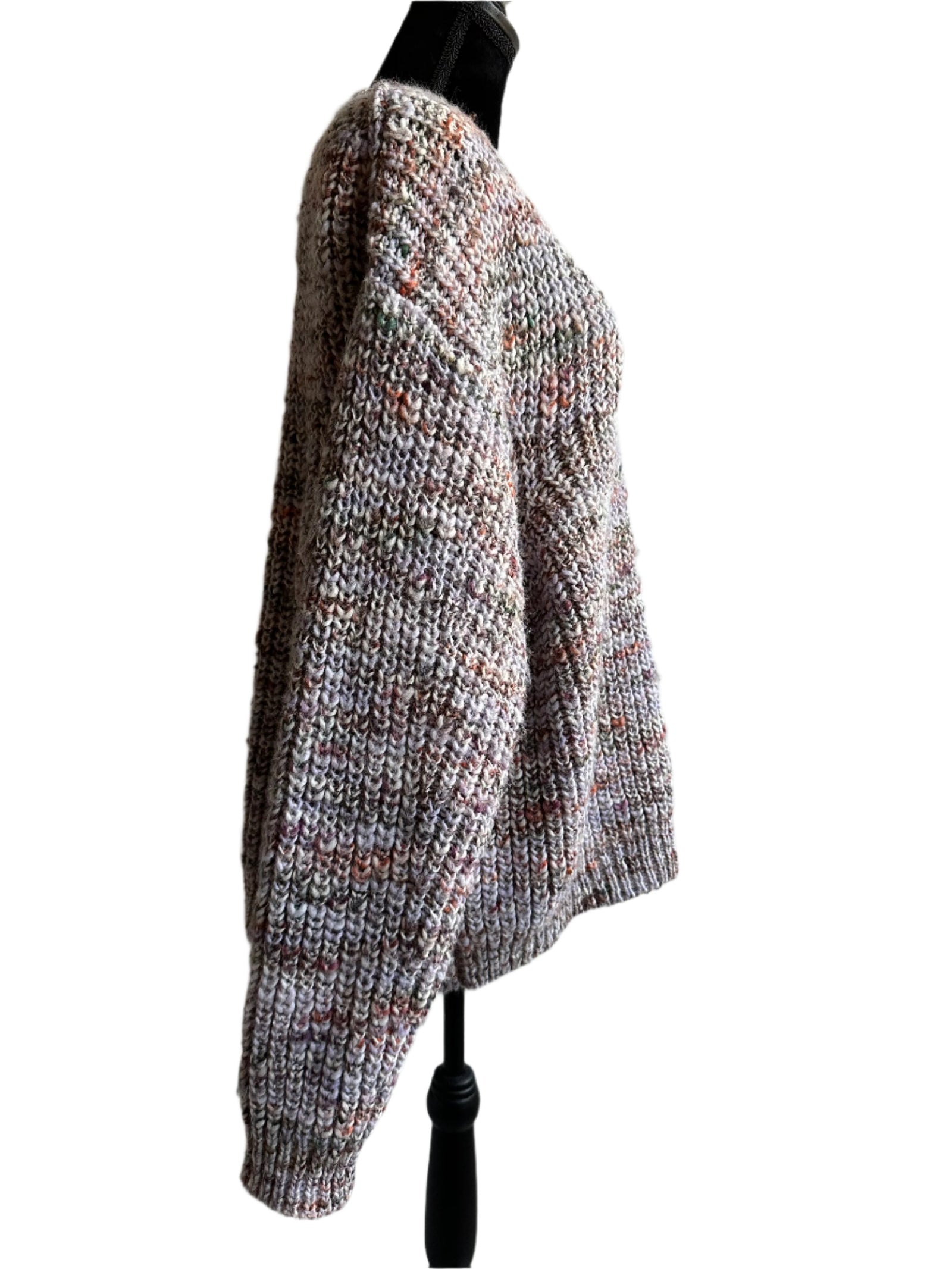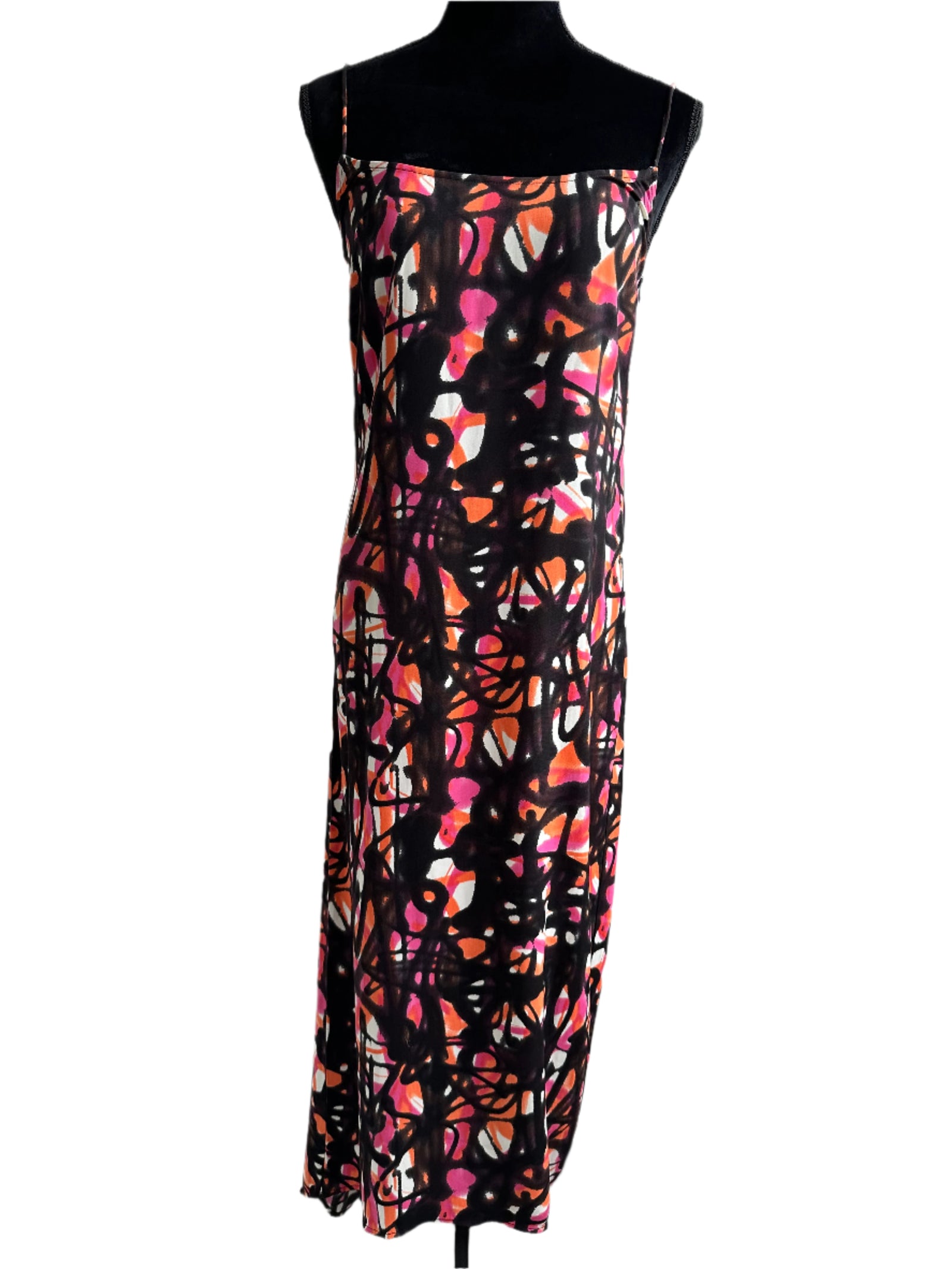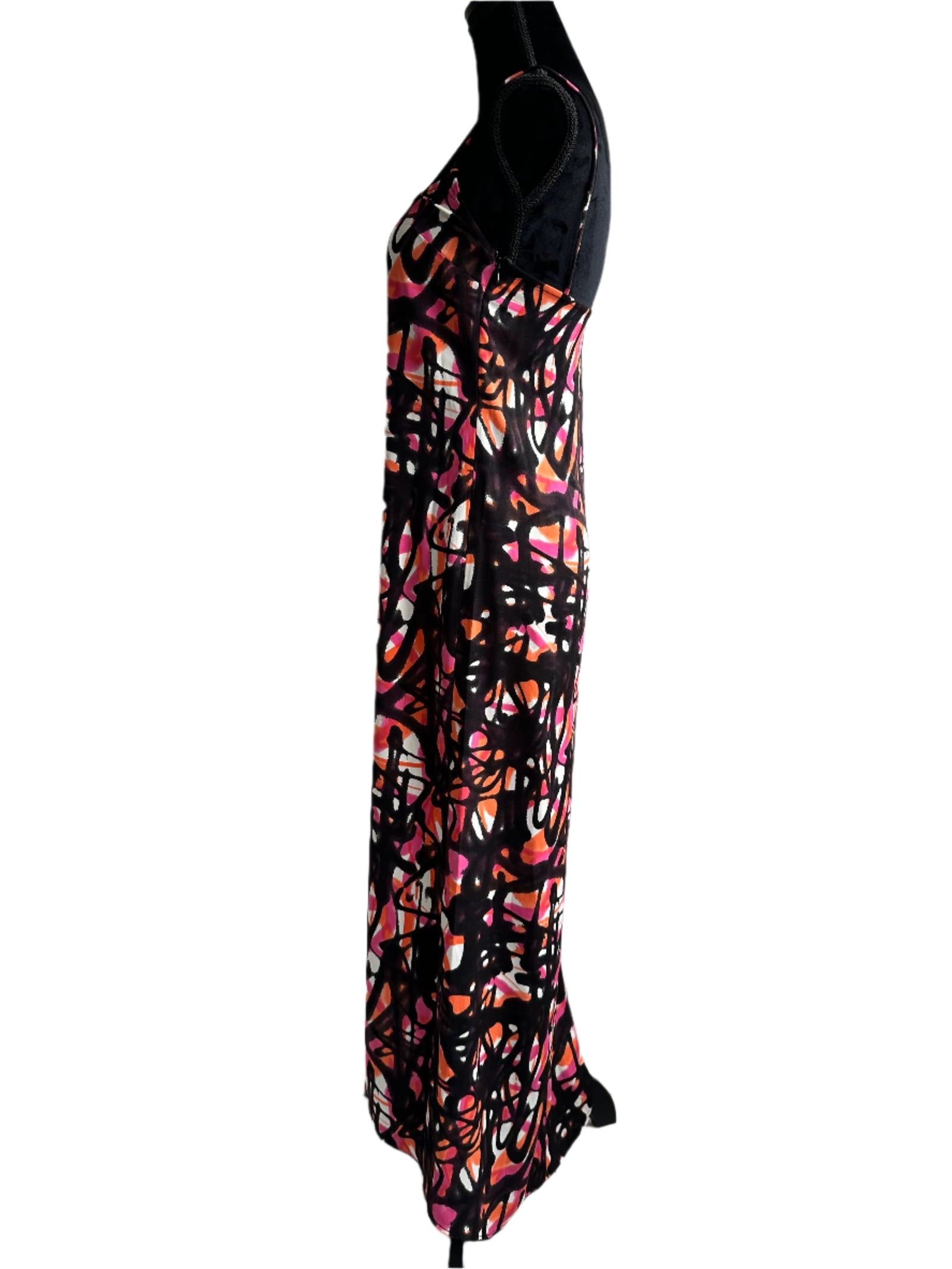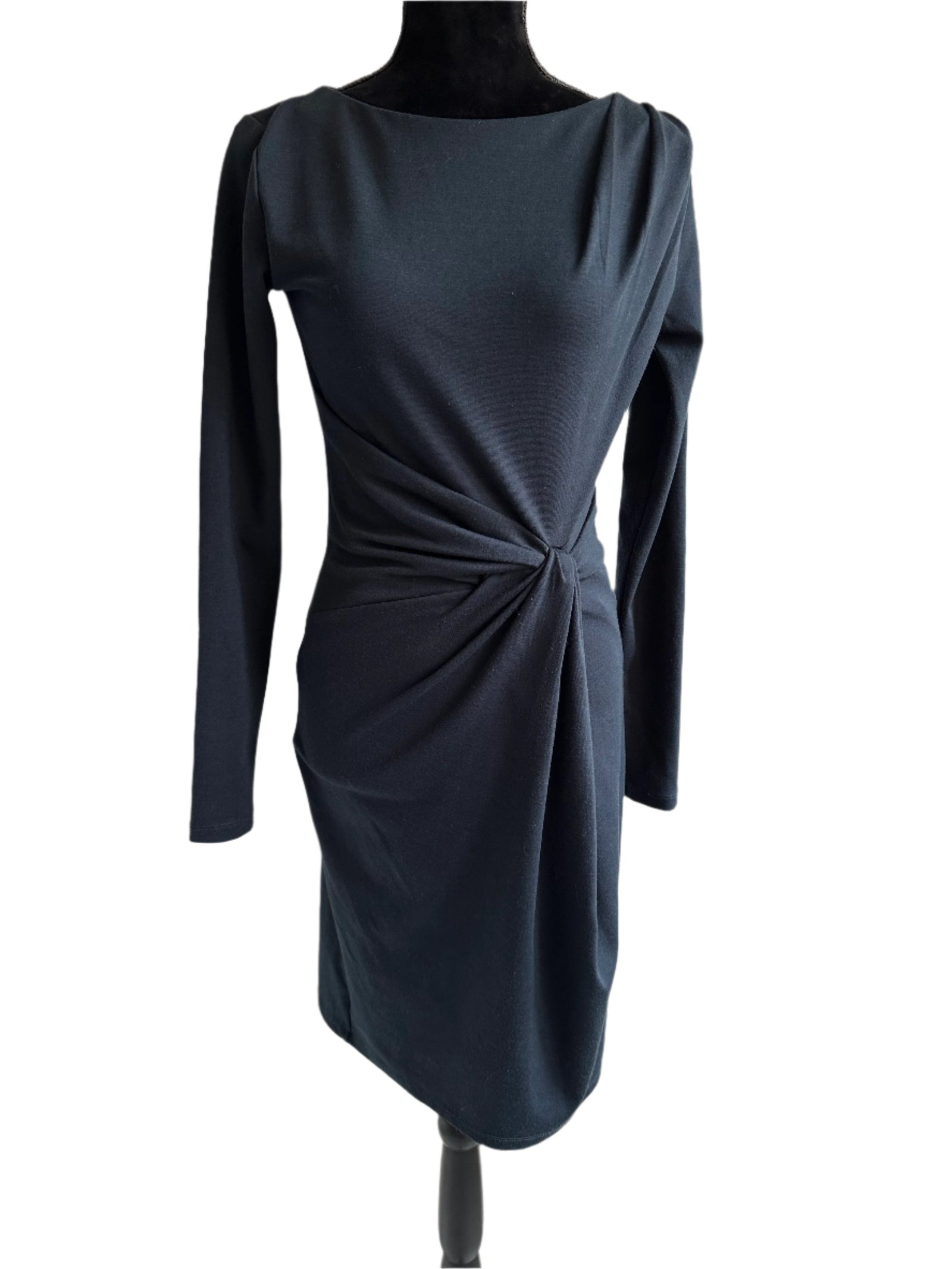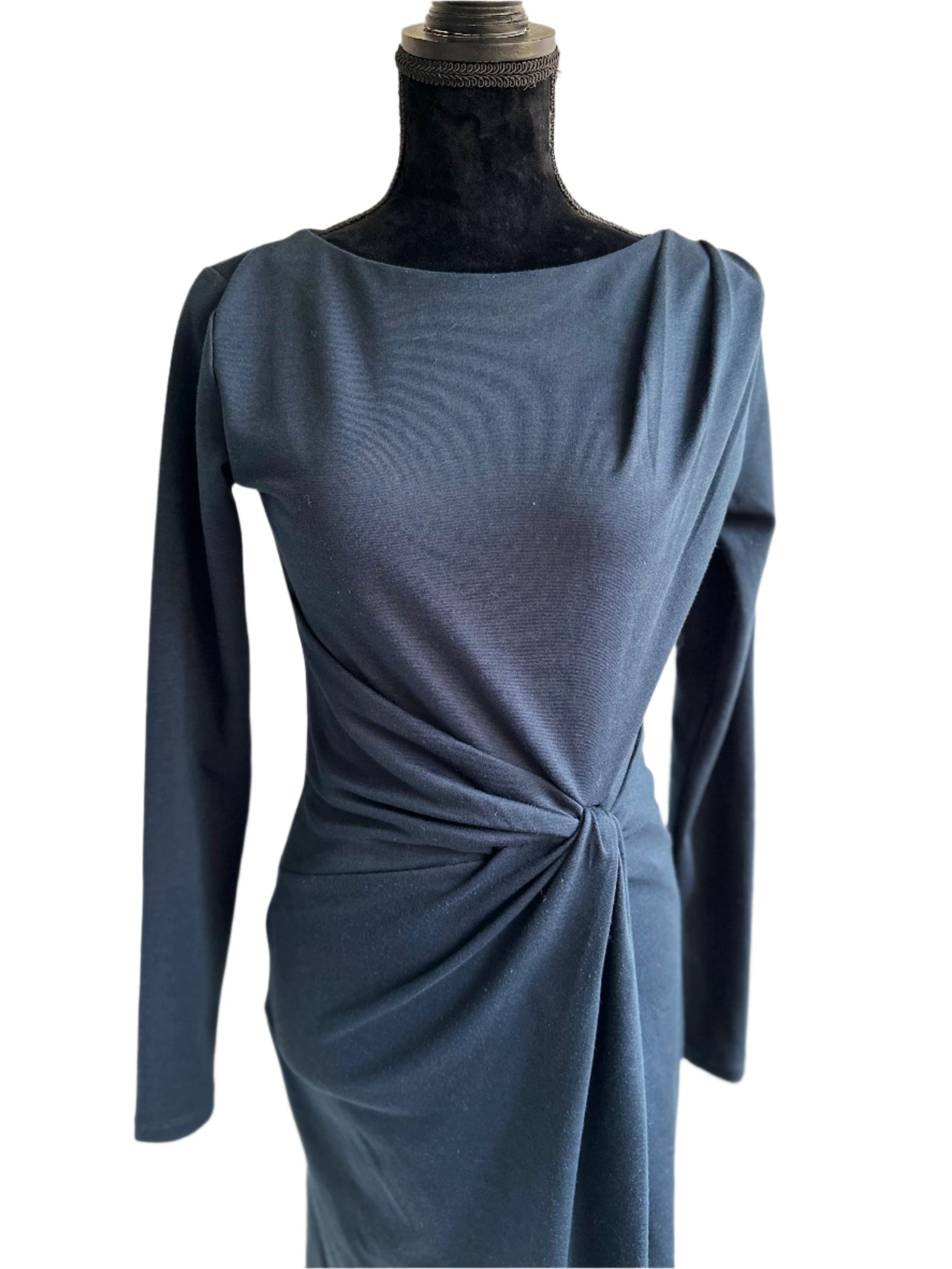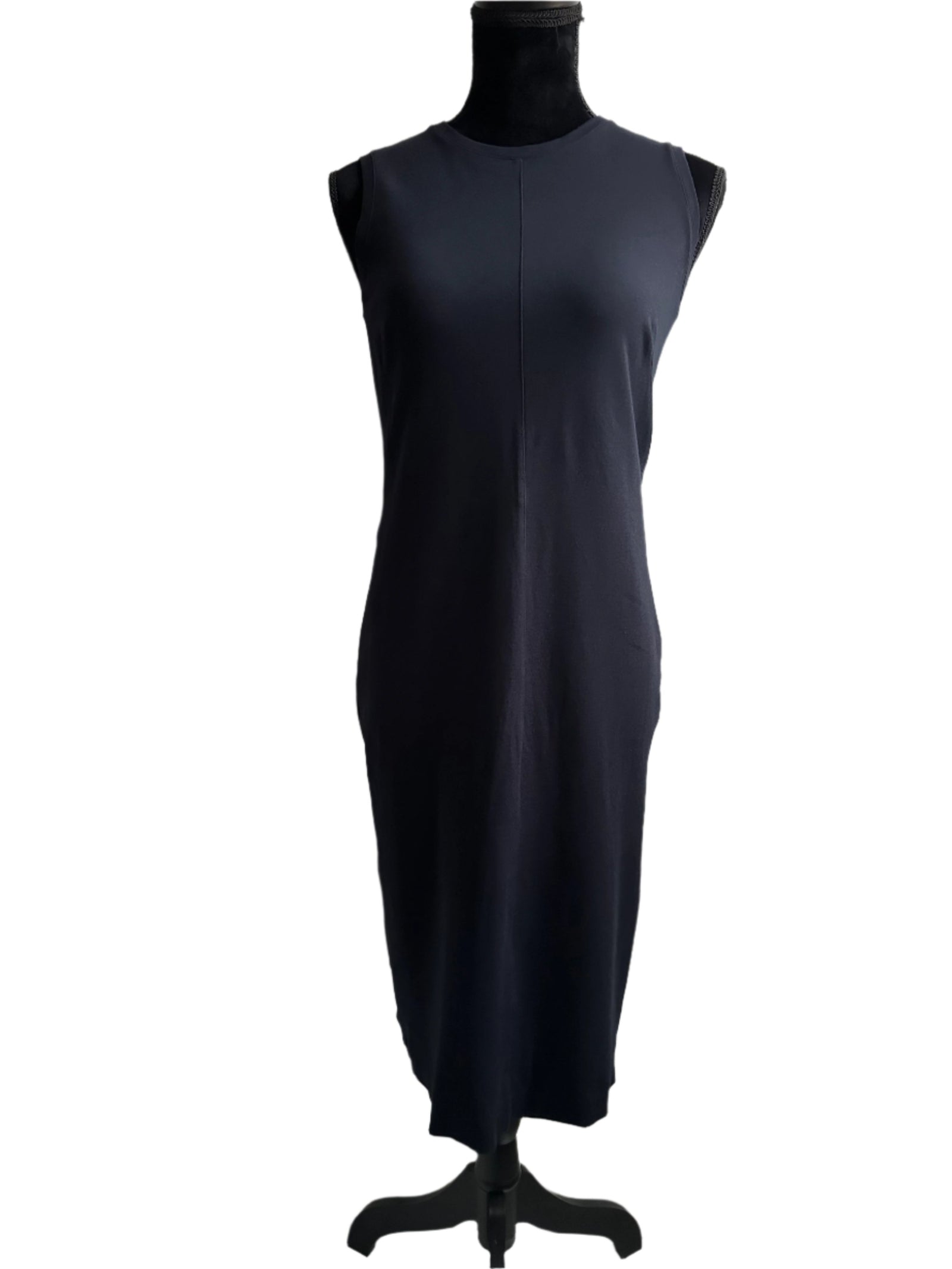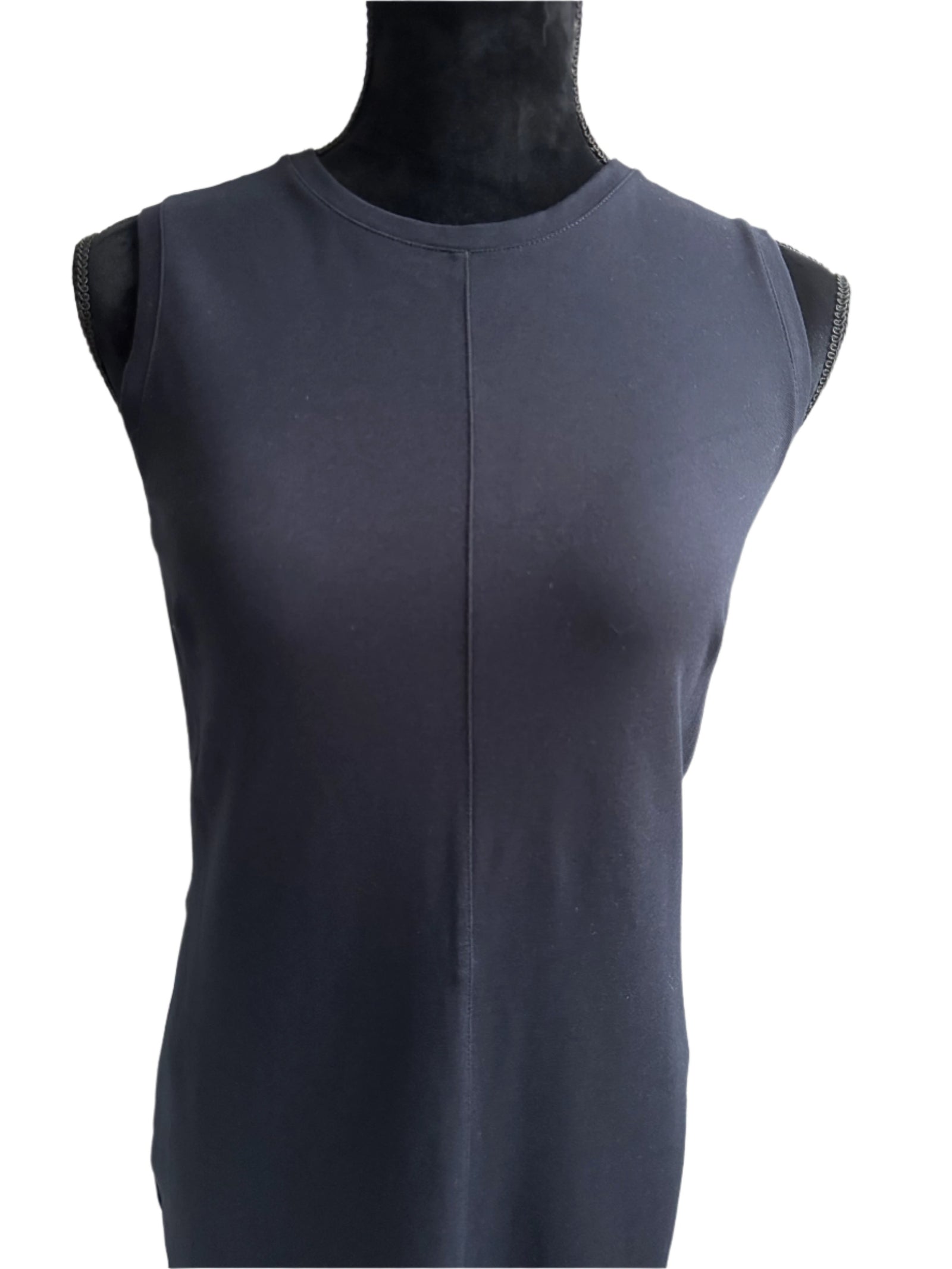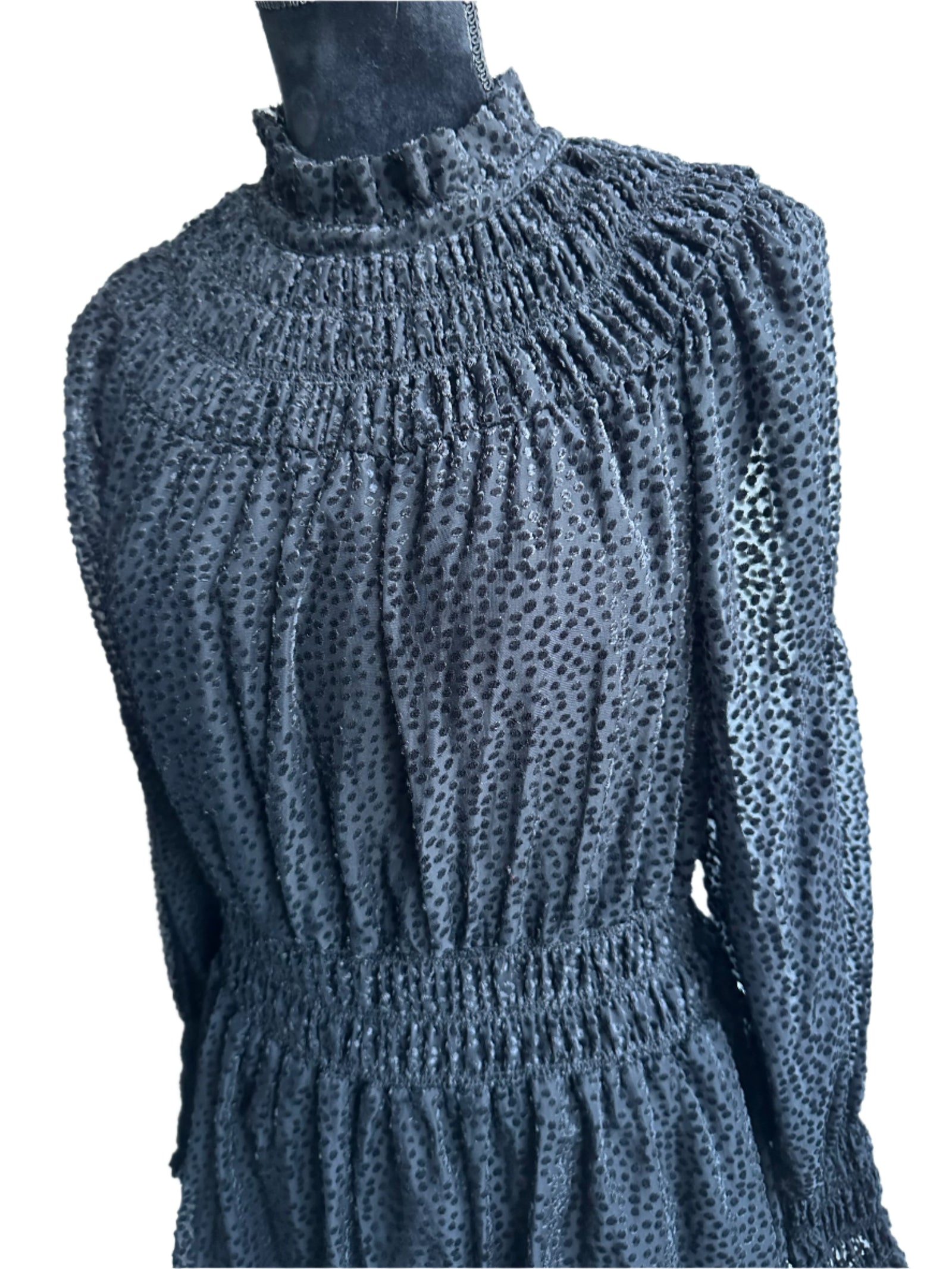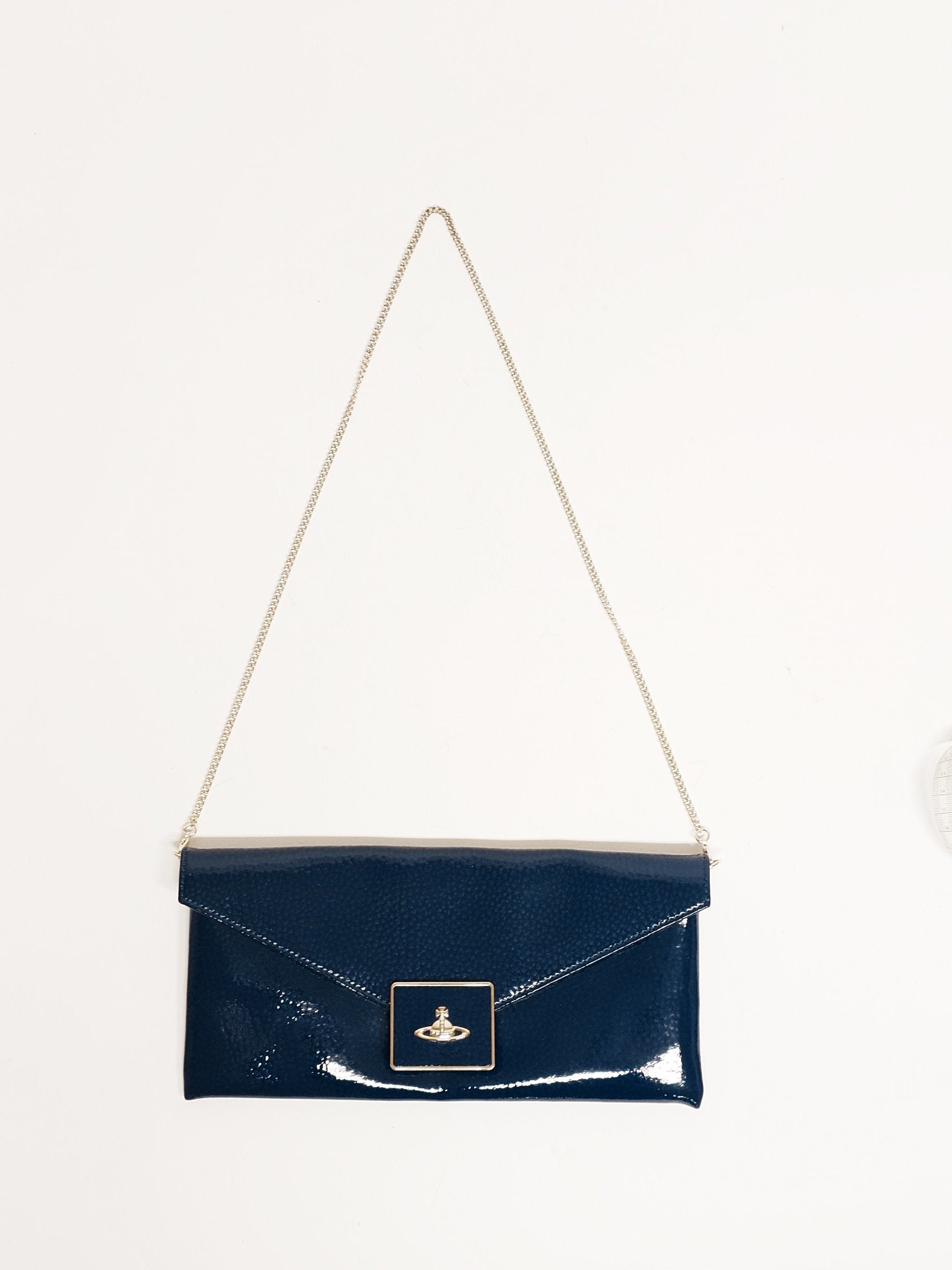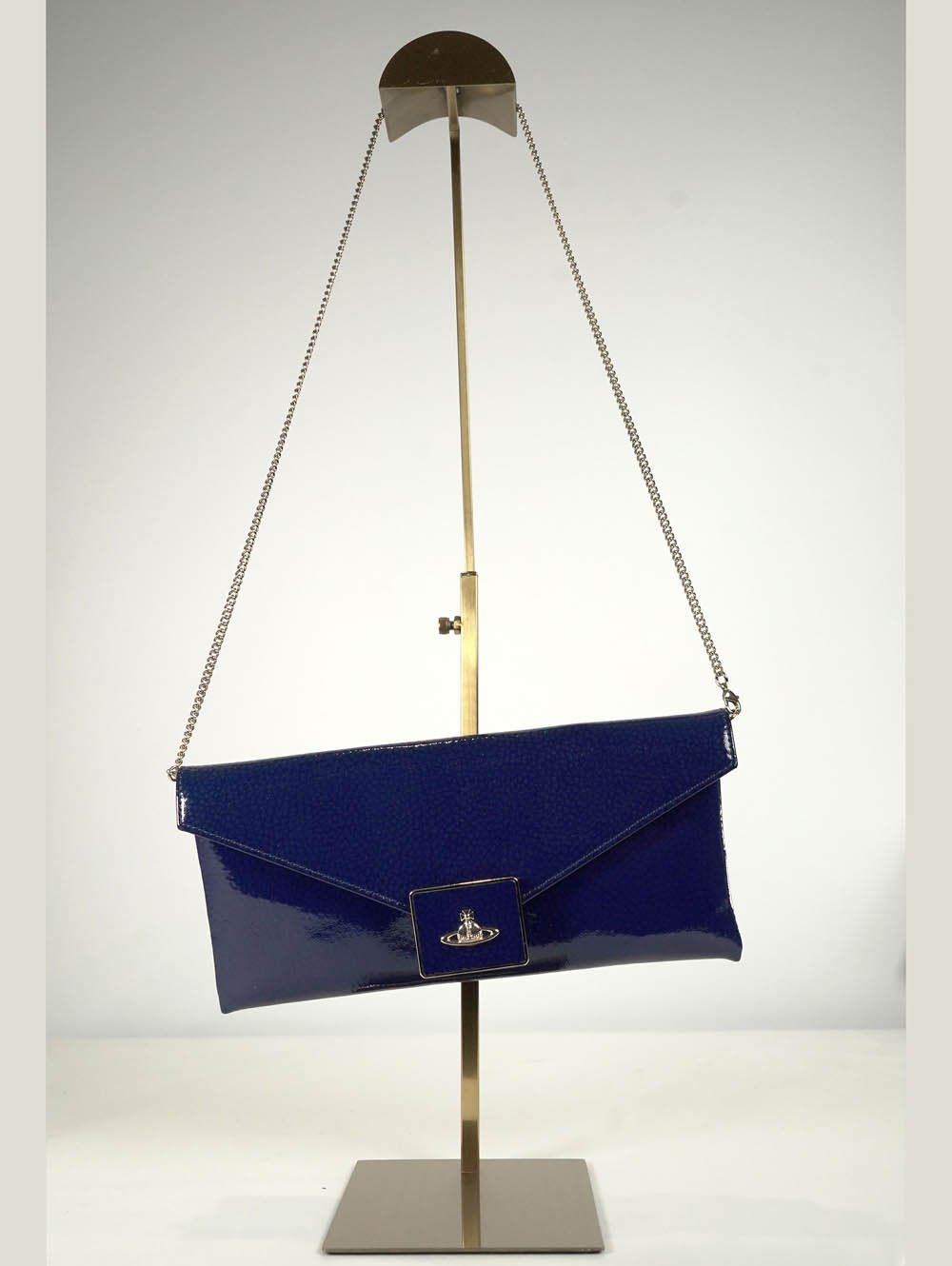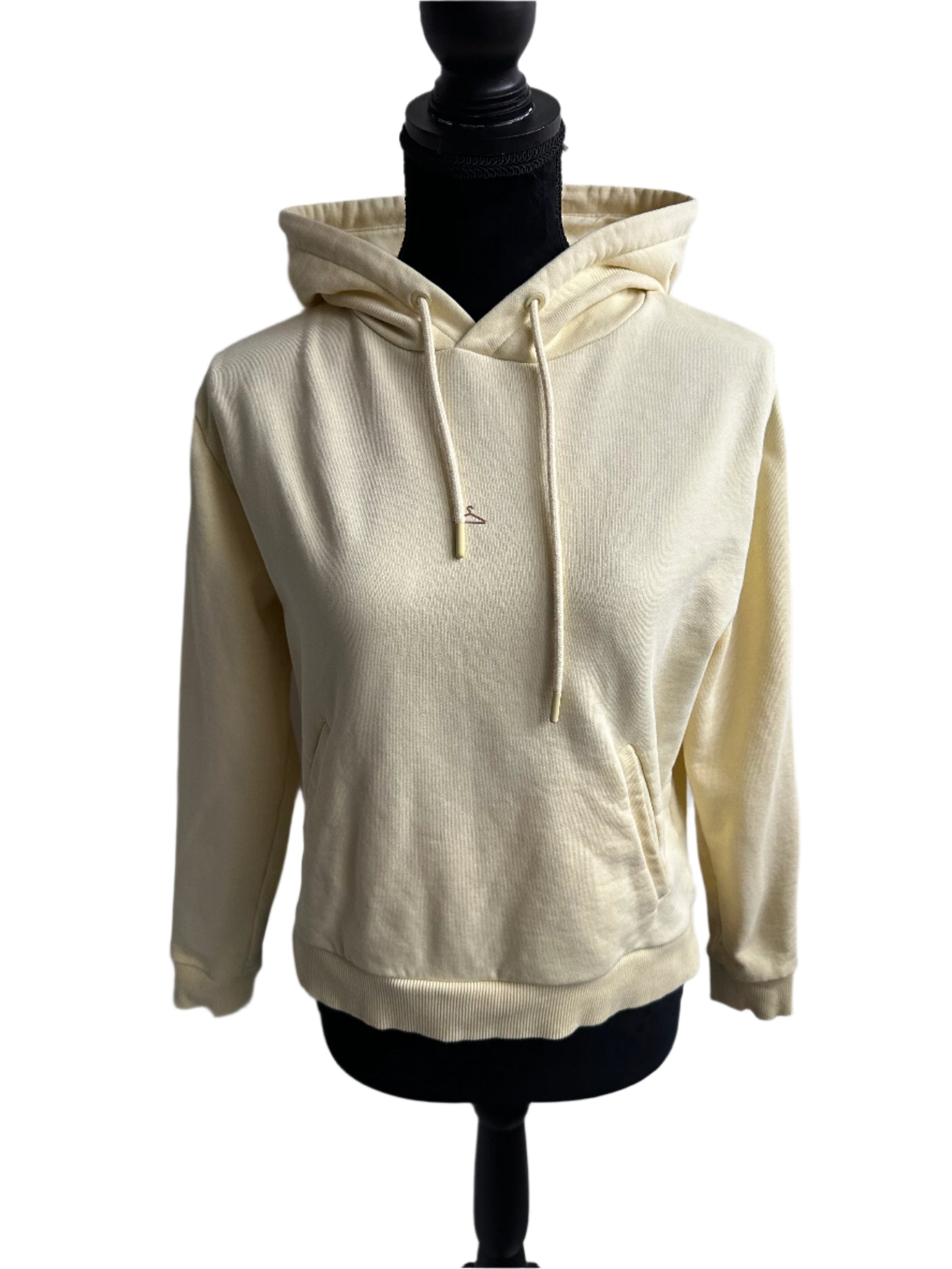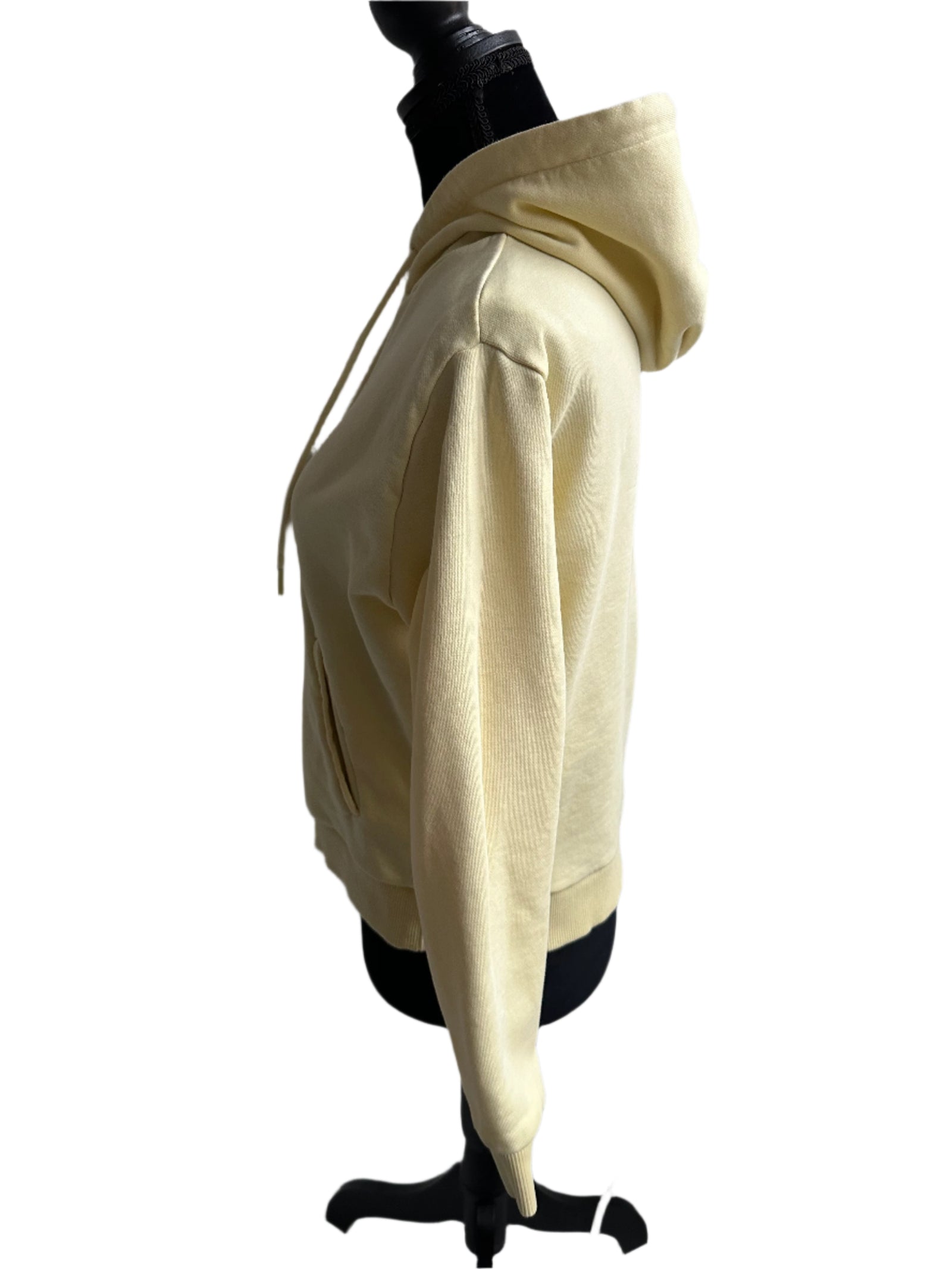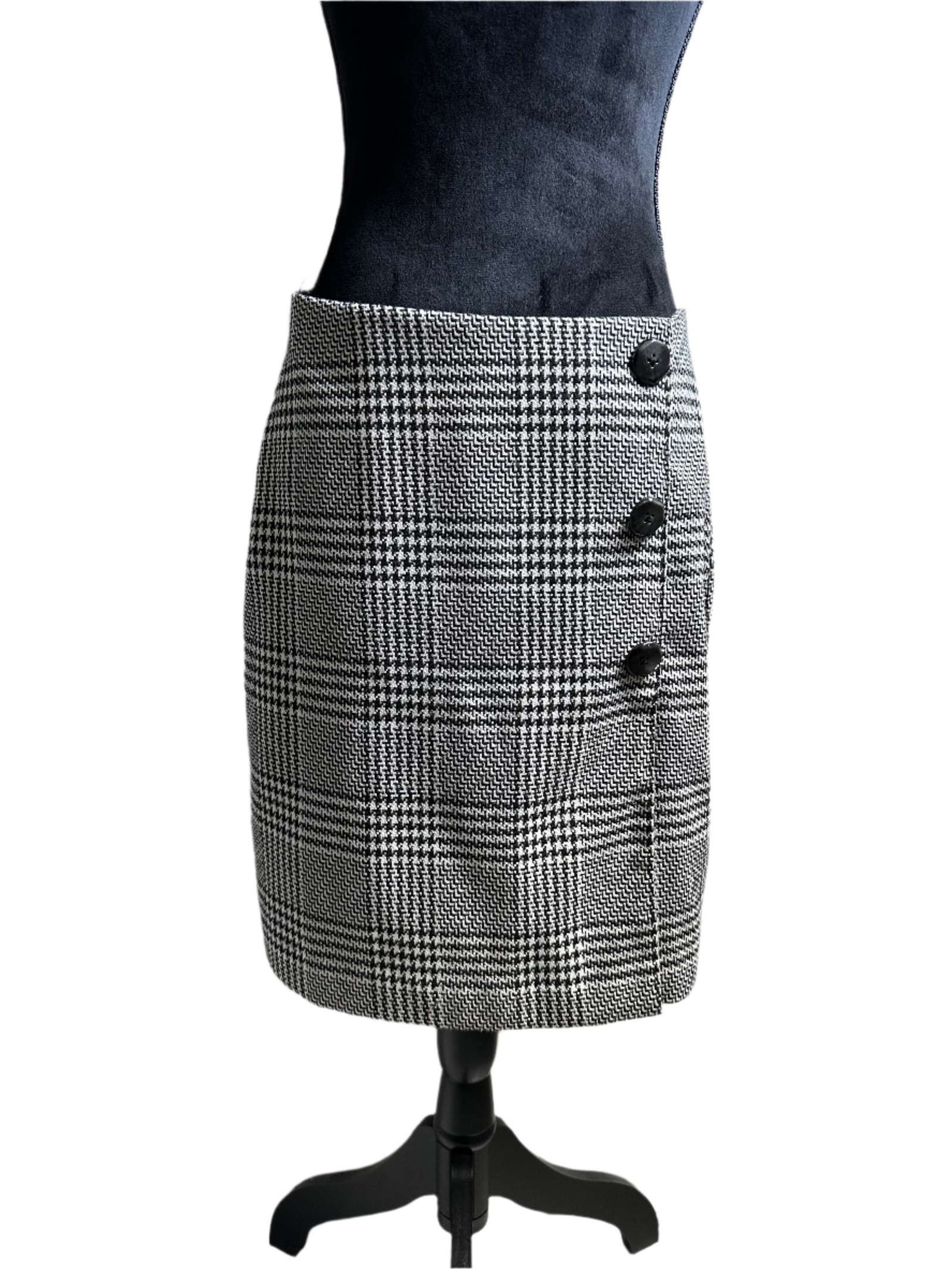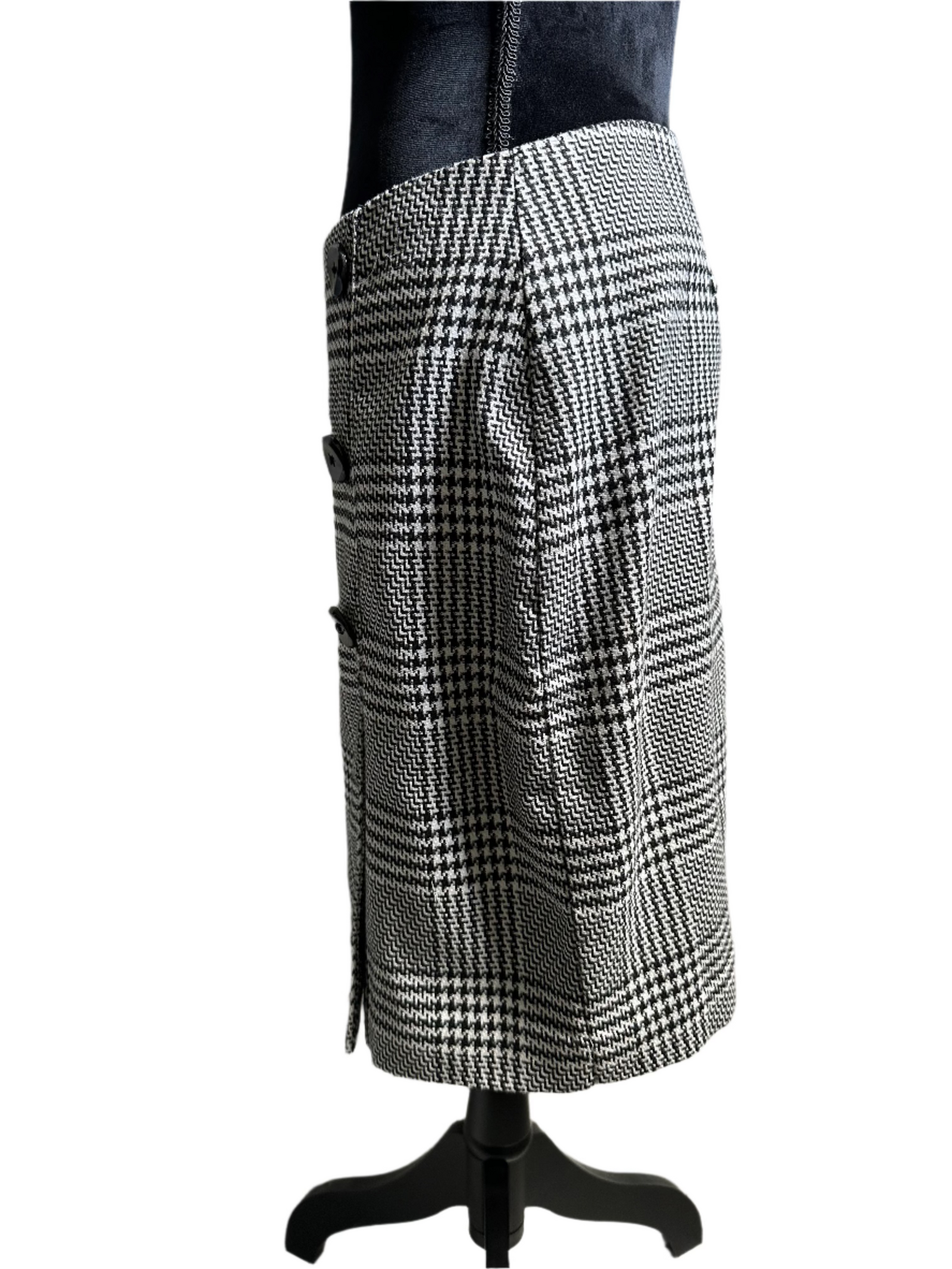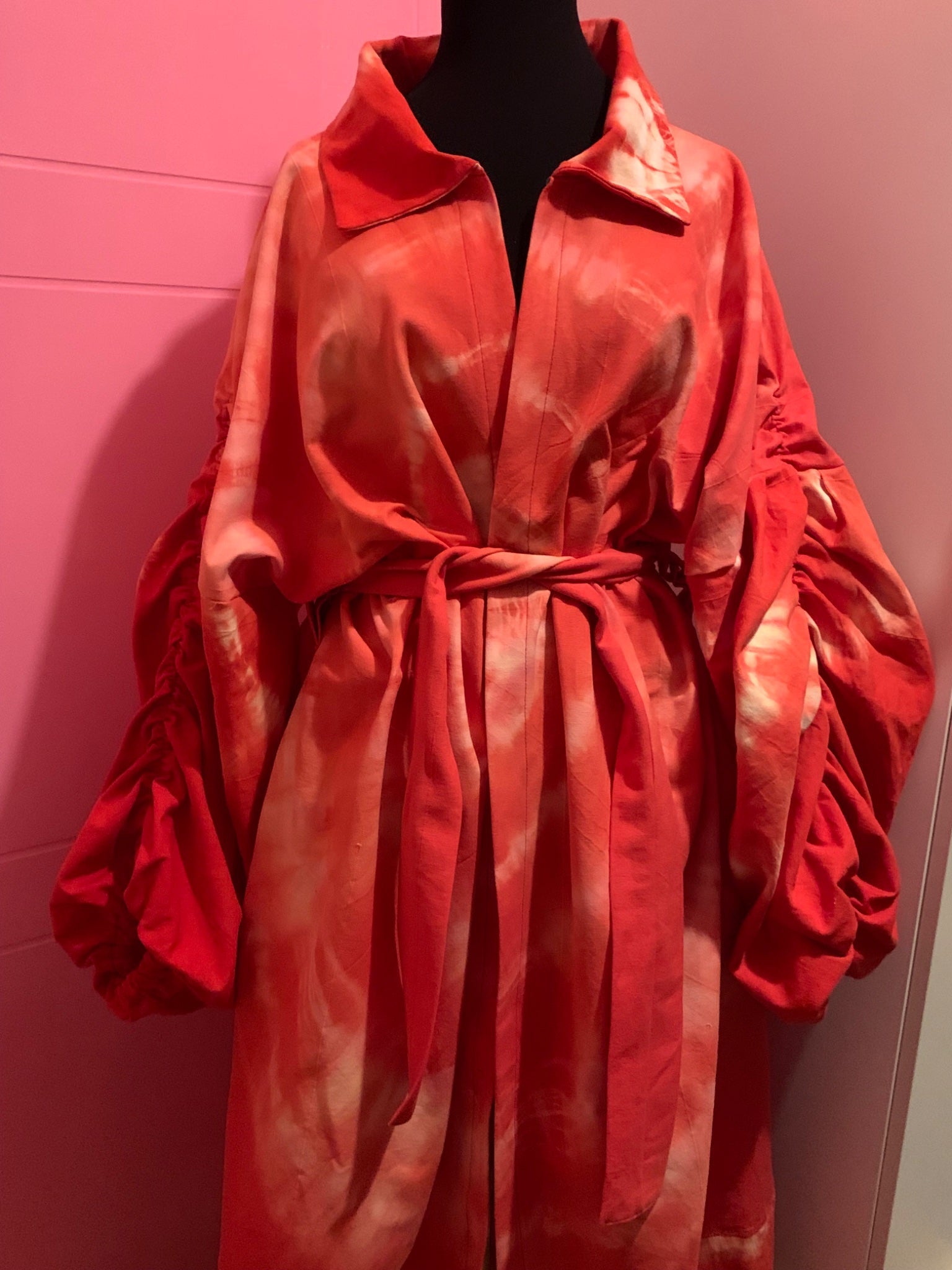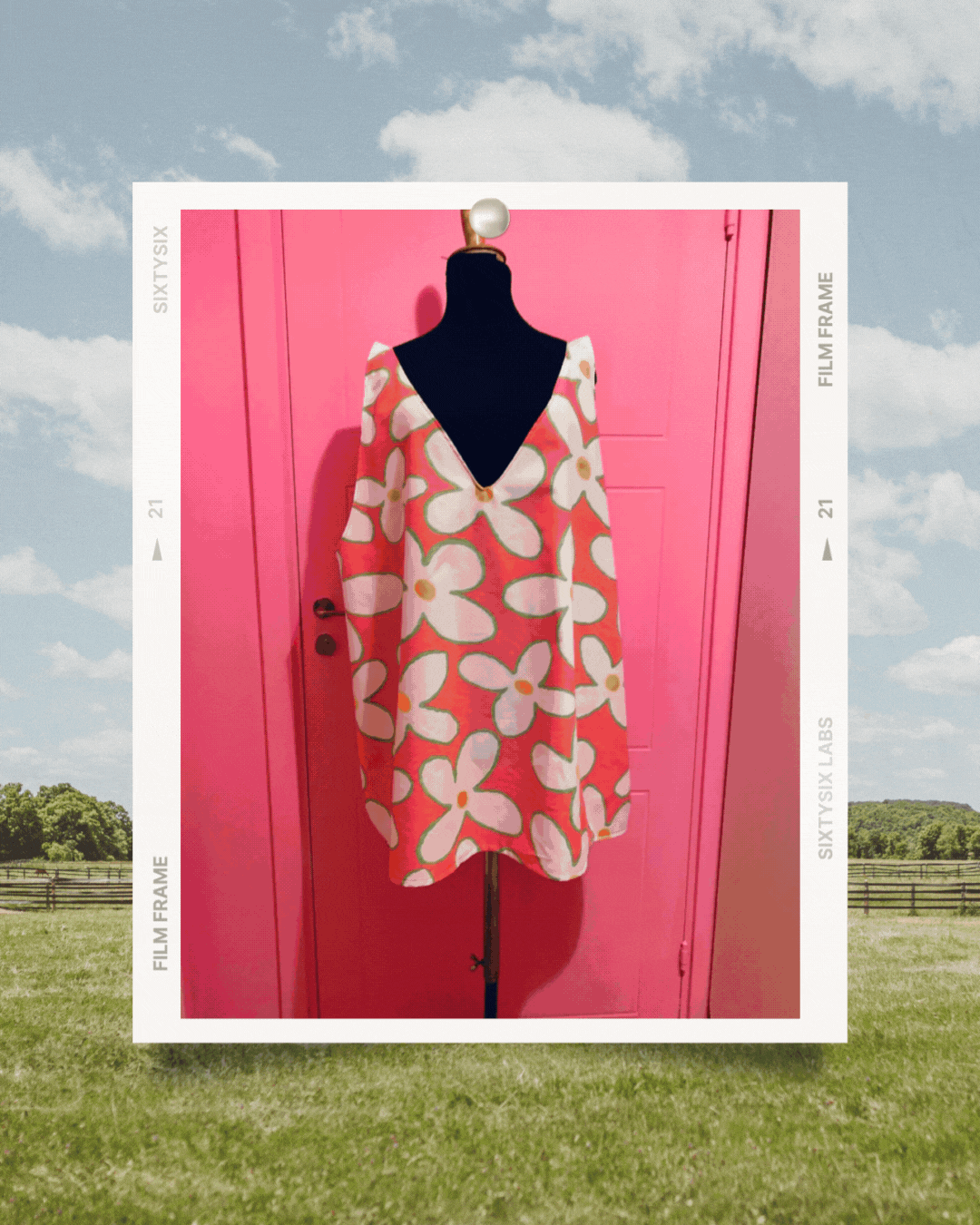Material Guide: Natural Fibers, Regenerated Fibers & Synthetics – What Should You Choose?
When shopping second-hand, it’s easy to fall in love with the color, fit, or brand of a garment. But have you checked the material label?
The fabric matters – not just for how the garment feels and lasts, but also for its impact on the environment and your own comfort.
In this guide, we break down the differences between natural, regenerated, and synthetic fibers – and what to consider when choosing what to wear.
🌿 Natural Fibers – Straight from Nature
Examples: cotton, wool, linen, hemp, silk, leather
Natural fibers are made from renewable raw materials sourced from plants or animals. These materials have many benefits:
-
Biodegradable
-
Comfortable and breathable
-
Durable and often easy to repair
💚 A safe choice – for both you and the planet.
🌱 Regenerated Fibers – Between Nature and Chemistry
Examples: viscose, lyocell (Tencel), modal
These are made from natural cellulose (usually from wood), but processed with chemicals into textile fibers. The process – and sustainability – varies:
-
Viscose uses harsh chemicals and has a high environmental impact.
-
Lyocell and Tencel are made in closed-loop systems where chemicals are reused – a better alternative.
They’re soft, cool, breathable, and often biodegradable.
🧵 Synthetic Materials – Plastic in Your Clothes
Examples: polyester, acrylic, elastane, nylon
Synthetic fabrics are made from fossil oil – the same raw material as plastic. They are:
-
Cheap to produce
-
Stretchy and durable
…but they also:
-
Feel less breathable
-
Release microplastics in the wash
-
Aren’t biodegradable
🌊 Microplastics from textiles are a growing issue – polluting our oceans and even entering our bodies.
So, What Should I Choose?
At Vinty Market, we recommend:
✅ Natural fibers – sustainable, comfortable, and biodegradable
🟡 Lyocell/Tencel – a better regenerated option
❌ Avoid synthetics when possible – especially newly produced ones
♻️ Buy second-hand – the most sustainable garment is the one that already exists!
Want to Learn More?
🔍 The Swedish Society for Nature Conservation’s Textile Guide
👉 www.naturskyddsforeningen.se/guide/textil
🧵 The Swedish Consumer Agency’s tips on sustainable clothing
👉 www.konsumentverket.se


